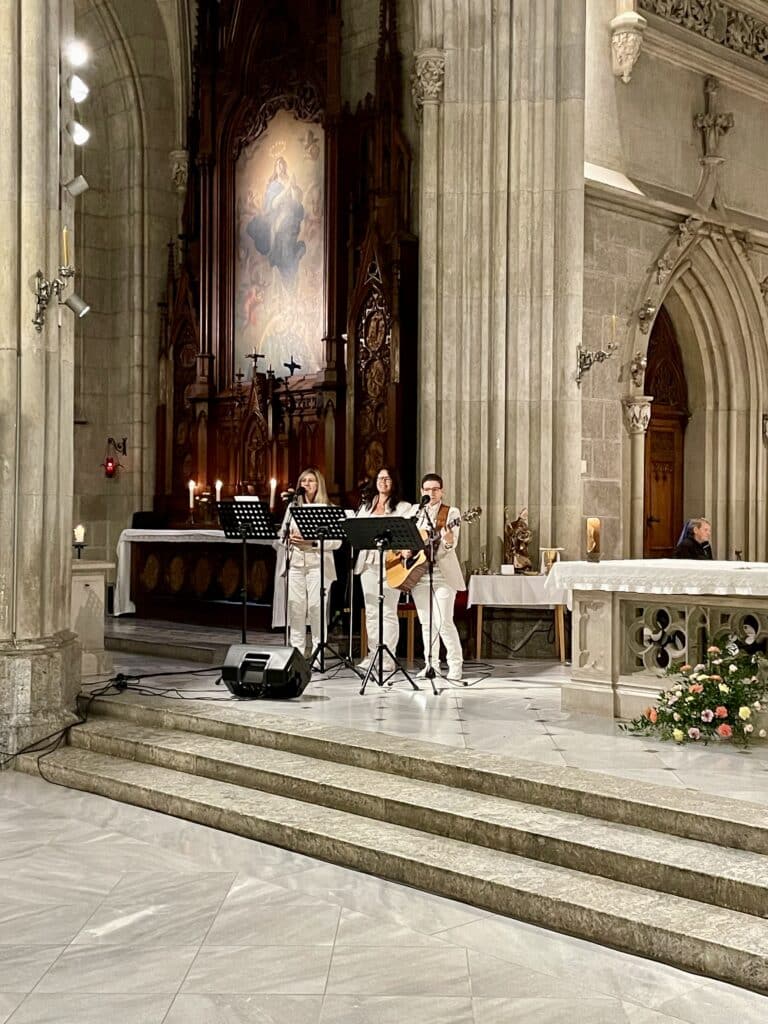Admont Abbey Museum: Vernissage at the start of the season
On Wednesday, 19 March, Admont Abbey Museum will kick off this year's museum season at 2 pm. At 5 pm there will be a vernissage with an important Styrian artist and contemporary witness: Gustav Zankl.
Gustav Zankl (*1929) is known for his art objects, which are based on precise calculations. The Admont Abbey Museum was able to win the artist and contemporary witness for this year's opening and invites you to the vernissage with works by Hannes Schwarz and Gustav Zankl. With the start of this year's museum season, last year's special exhibitions "Admont 1074 - A journey through the monastery's history" and "Contemporary art within old walls" are also being extended. "In order to maintain the upturn in visitor numbers and satisfied guests from the previous year, we have been working intensively with our entire team to prepare for this year's season," says Mario Brandmüller, Economic Director of Admont Abbey Museum. For Michael Richter-Grall, Artistic Director since last year, the great interest in a journey through the history of the monastery was also a decisive reason for extending the special exhibitions. "So all those who have not yet visited them will have the opportunity to do so again this year".
A lively meeting place
Conferences and discussion evenings should also help to ensure that the Admont Abbey Museum remains a lively meeting place. This is why the museum is taking part in a series of collaborations between Styrian cultural institutions to commemorate the work of the painter and thinker Hannes Schwarz. On Thursday, 10 April, at 5 pm, a discussion evening will take place with high-profile guests who will talk about Hannes Schwarz's artistic environment. The event is entitled "Networked", which not only refers to this important Styrian representative of contemporary art, but also to the close cooperation between the artistic and scientific departments of the museum. This has resulted in the Knowledge Spaces series, "a new format for bringing science to life", as the museum's scientific director, Prior P. Maximilian Schiefermüller, explains. One of the first opportunities to do so will be at the scientific evening on 16 June from 5 pm. This will offer "a review of the now completed digitisation of all medieval and modern manuscripts and present the Austria-wide manuscript portal 'manuscripta.at', says Schiefermüller.
Museum workshop as an extended classroom
For Michael Richter-Grall, the Admont Abbey Museum should also be a place of dialogue and learning. The museum workshop offers a wide range of educational programmes for children and young people aged five to fourteen. "We offer six different workshops for school classes, which we see as an extension of the classroom," says Richter-Grall. The children and young people can make ointments, create paper and learn cultural techniques that were particularly influenced by monasteries - such as writing with pen and ink. In addition, the modern equipment of the museum workshop with tablets and VR glasses makes it possible to convey content in an innovative way and offer young museum guests a contemporary approach to the history and life of the Benedictines in Admont.






